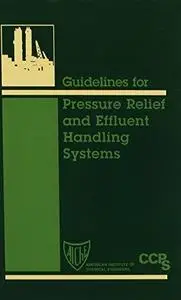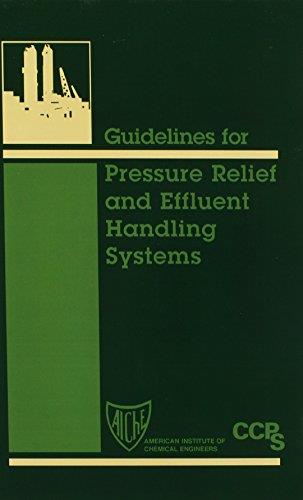Guidelines for Pressure Relief and Effluent Handling Systems By
1998 | 556 Pages | ISBN: 0816904766 | PDF | 12 MB
1998 | 556 Pages | ISBN: 0816904766 | PDF | 12 MB
Current industry, government and public emphasis on containment of hazardous materials makes it essential for each plant to reduce and control accidental releases to the atmosphere. Guidelines for Pressure Relief and Effluent Handling Systems meets the need for information on selecting and sizing pressure relief devices and effluent handling systems that will maintain process integrity and avoid discharge of potentially harmful materials to the atmosphere. With a CD-ROM enclosed containing programs for calculating flow through relief devices, effluent handling systems, and associated piping, the book offers an important collection of state-of-the-art technology for safely relieving process equipment of such conditions as overpressure, overtemperature and/or runaway reactions. It provides information for two-phase and compressible gas flow to select and size pressure relief devices, piping, and effluent handling equipment, such as gravity separators, cyclones, spargers, and quench pools. The book has an important collection of state-of-the-art technology for safely relieving process equipment of conditions such as overpressure, overtemperature and/or run-away reactions. It provides information for two-phase and compressible gas flow to select and size pressure relief devices, piping, and effluent handling equipment such as gravity separators cyclones, spargers and quench pools. Special Details: Includes CD-ROM with equipment design programs for use with Windows 95, 98, and NTContent: Chapter 1 Introduction (pages 1–11): Chapter 2 Relief Design Criteria and Strategy (pages 13–117): Chapter 3 Relief System Design and Rating Computations (pages 119–307): Chapter 4 Selection of Equipment for Handling Emergency Relief Effluent (pages 309–352): Chapter 5 Design Methods for Handling Effluent from Emergency Relief Systems (pages 353–458):



